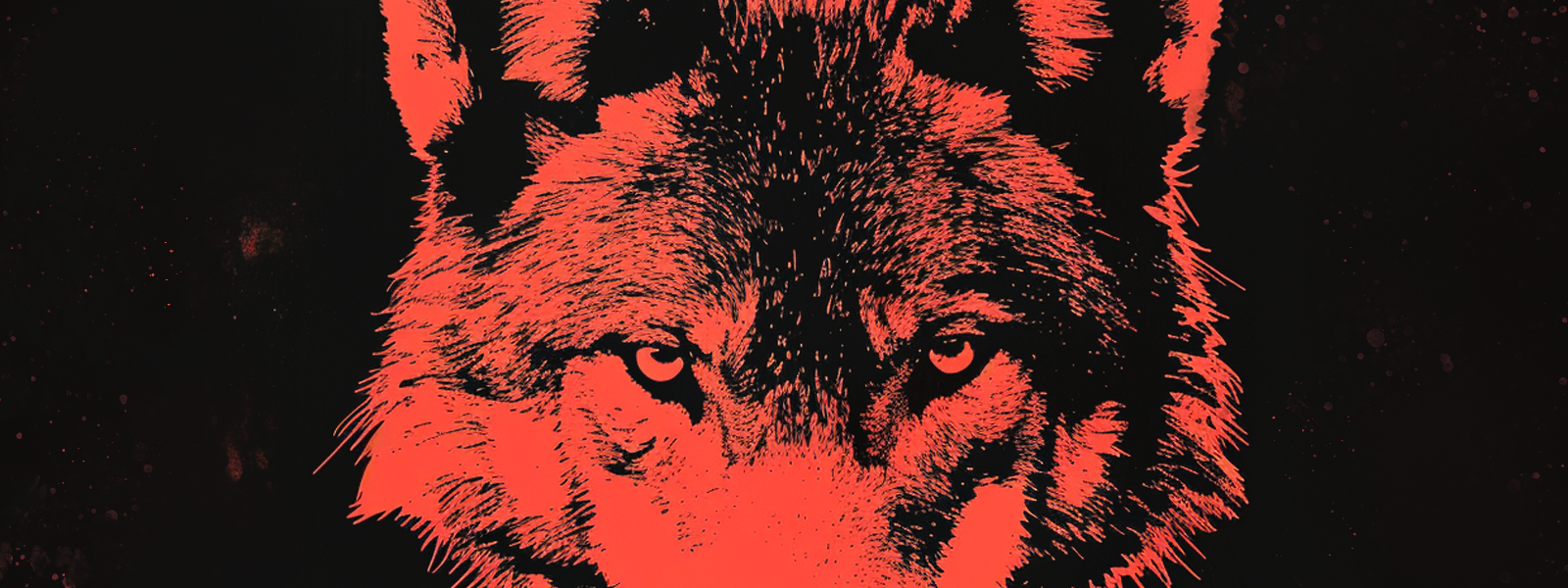About This Site
This place is about living Celtic paganism. It’s not trying to resurrect an anachronistic Iron Age religion for the 21st century. It’s not trying to LARP as a Celtic warrior. It’s not trying to create a pure religion expunged of all foreign elements and perfectly consistent with fragments of history. Celtic Paganism Alive is about creating a way of life rooted in Celtic land, blood, myth, and philosophy.
Celtic Paganism Alive's Purpose
This website aims to support Celtic pagans in living Celtic paganism physically, socially, spiritually, and intellectually. To do that, Celtic Paganism Alive aims to:
- Create a comprehensive resource of Celtic pagan views and practices.
- Develop a systematic Celtic pagan philosophy and ethics.
- Develop Celtic paganism’s historic, mythic, and symbolic substratum.
- Build a living Celtic pagan community.
Celtic Roots
The foundation of this work is Celtic. Its roots reach back to Dagda, Morrigan, and Taranis. They go back to the Cairn of Barnenez and the mound of Newgrange, to the torcs found on the shores of the lakes in Clare and Switzerland, and to the Sanctuary of Sequena at the Seine River’s source in France. Those roots stretch to the Grampian Mountains and the Pyrenees, to the Scottish Highlands and Sherwood Forest.
But just as a tree’s roots cannot bypass layers of rock and detritus to mine deeper strata of earth, so too Celtic paganism can not bypass its own Christian history. Celtic paganism must include and honor its Christian ancestors as it does its pagan. The early Celtic saints, like Columbanus, Brigit, and Pelagius, are of a single weave within the Celtic religious tradition of austerity, learning, and worship. The fact that the Christian monks of the British Isles wore their hair in the style of the druids for centuries after paganism’s disappearance attests to this continuity.
That’s not to say that Christianity doesn’t have faults. Christianity decimated a robust culture of learning that set Europe scientifically back a thousand years. The ancient Romans and Greeks calculated the circumference of the earth, understood that moonlight was a reflection of the sun, and built roads and aqueducts that lasted over a thousand years. All that and more was lost during the pagan purges of Justinian and later rulers.
Christianity also cut a deep gash into man’s connection with the natural and spiritual world. To its credit, Celtic Christianity resisted its efforts with some success. A belief in fairies and spirits persisted. The sacredness of nature and man’s union with it was preserved in the writings of John the Scotus, local prayers and ballads, and the life of St. Francis of Assisi. When Europe went colonial, Christianity destroyed fragile religious communities and cultures abroad. The world is still recovering.
But make no mistake, the paganism that preceded Christianity was far from perfect. Celts exterminated and enslaved whole tribes when they pushed through new lands. Sexism and violence were rampant. Power often accrued to the most brutal and crafty warlord. The Celts fought viciously amongst themselves. In fact, one of the reasons that the Romans could so easily conquer the Celts despite being outnumbered was because of the Celtic penchant for infighting, betrayal, and an “it’s not my problem” attitude towards the plight of their neighbors.
The early Celts, however, were not savages. They had a sophisticated culture and mores which held this fractious bunch together. Their stubborn resistance to empire, ferocious spirit, and connection to their ancestors, community, gods, and earth are praiseworthy. Still, we shouldn’t fool ourselves into believing that 3rd-century Scots had ethics that align perfectly with our own.
Celtic Heartwood
Although Celtic paganism is rooted in the past, it is not determined by it. Its followers actively shape, revise, and innovate it. They create tradition as much as follow it. We also must do that because of the dearth of resources available. This website is a part of that project.
Another question looms: what is the heartwood of Celtic paganism? Right now, there is none. Celtic paganism’s current state is like an old oak stump sprouted once again. The specific views and practices of Celtic pagans have been lost to time. While the Christian tradition offers much insight, compared to other religions, like Hinduism or Sami shamanism, it becomes apparent how much Christianity altered the Celtic spirit over the centuries.
Because of this lack, I’ve drawn Buddhism, Tantra, and Hinduism to inspire and inform Celtic pagan views and practices. Mantra. Breath retention. Formulas for rituals. Metaphysical arguments about non-duality. These religious treasures have contributed greatly to my thinking and will continue to be a well-spring of wisdom for future generations. As my bio outlines, I’ve also lived and trained in these cultures for most of my life and one of my current teachers, Ajahn Ott, is a Thai monk. To both of these cultures, I and Celtic paganism are forever indebted.
